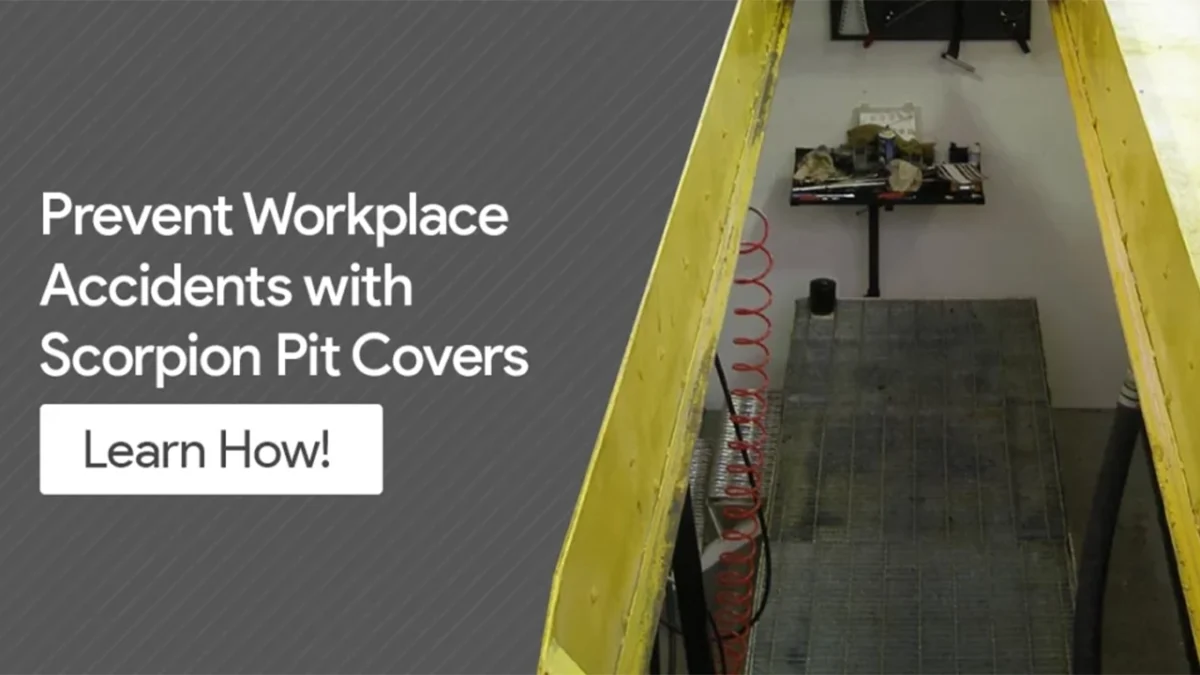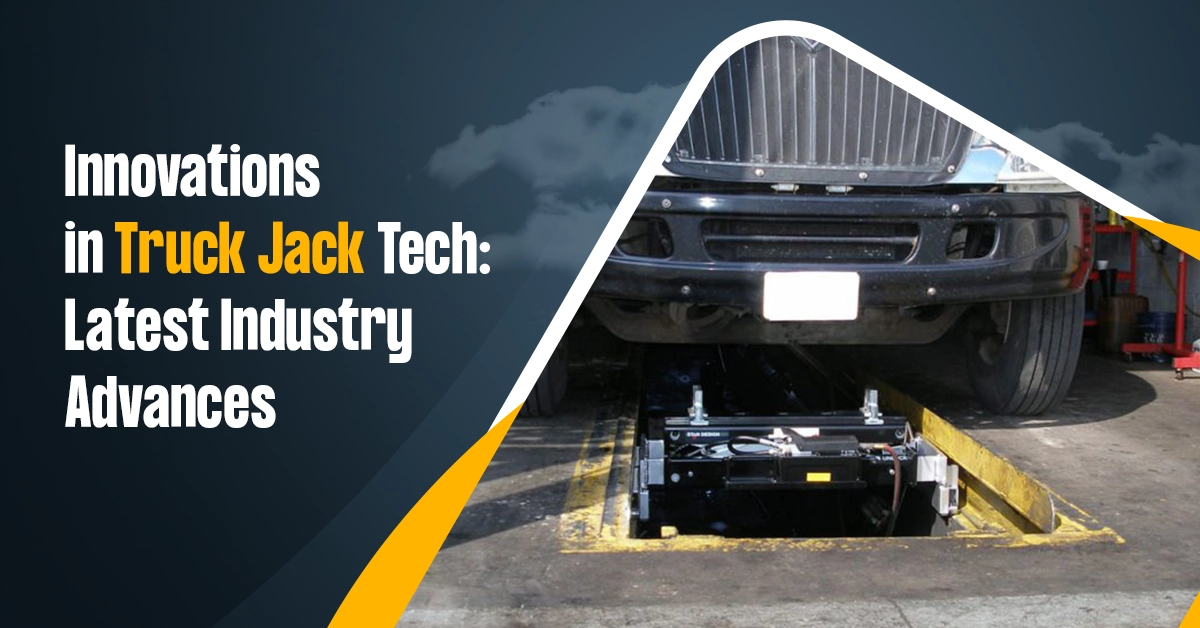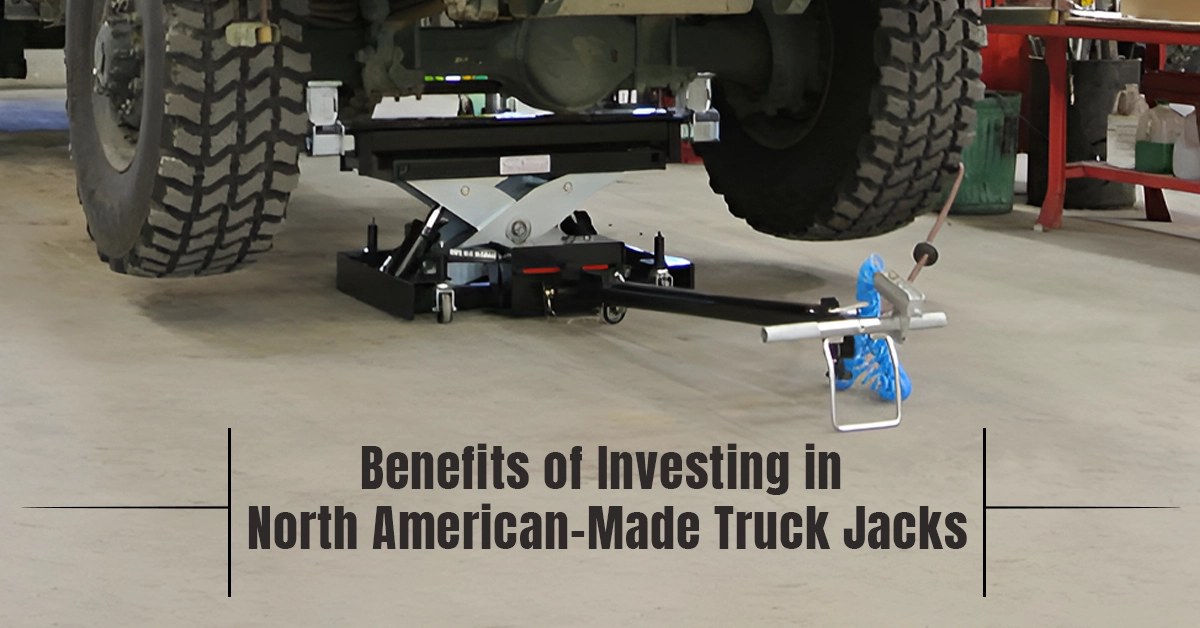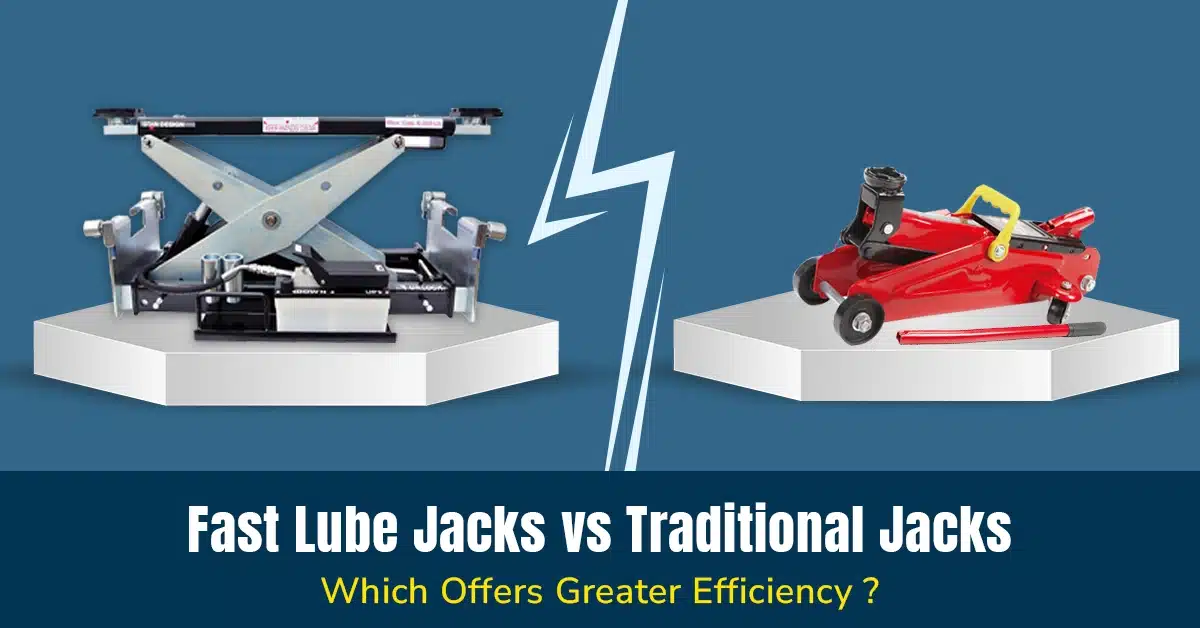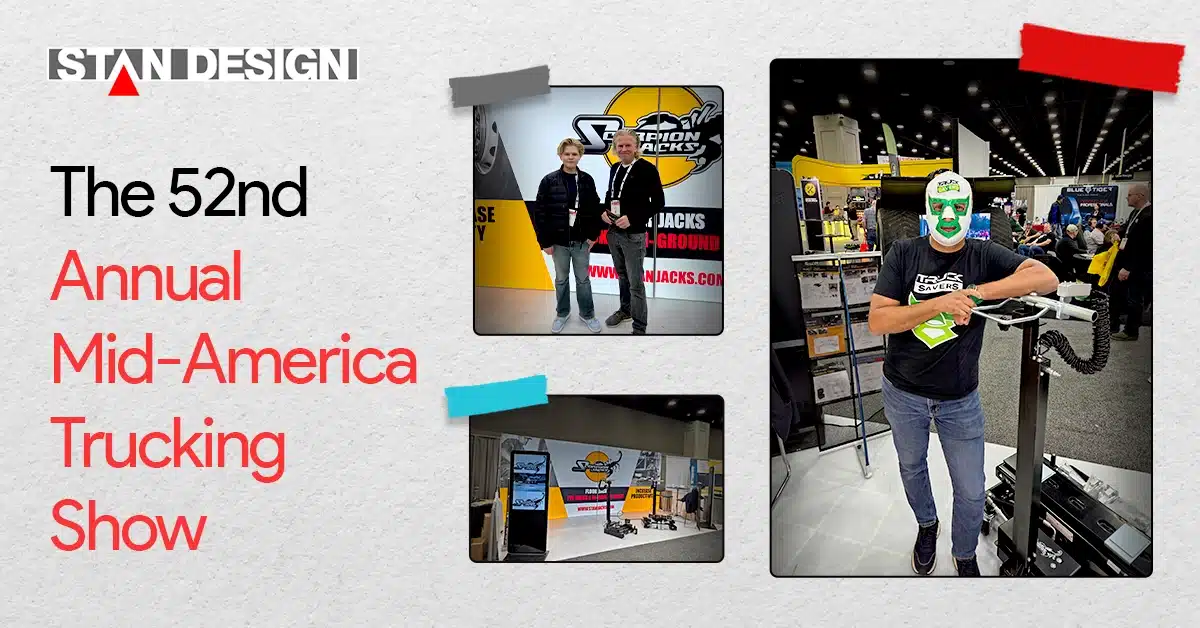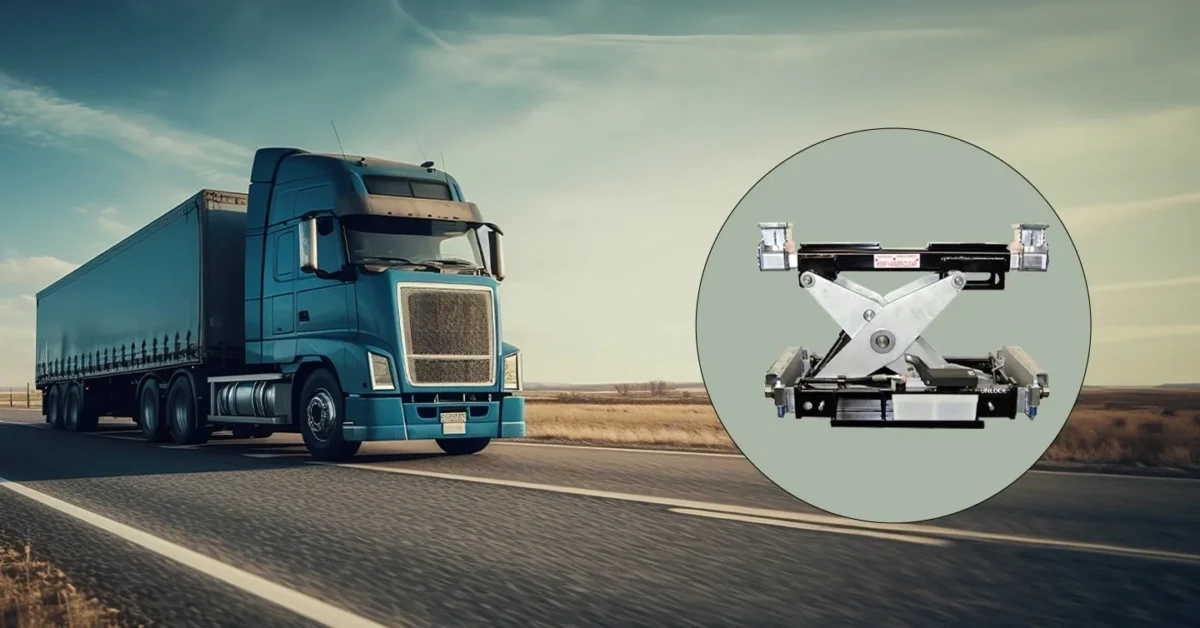Jacks are portable devices used to service vehicles, from small cars to heavy duty military grade trucks. They come in many shapes and sizes, are of many variants, and may be used for fulfilling different purposes.
Inspection pit jacks, heavy-duty truck jacks, tire rotation jacks, auto jacks, etc. fall under the many different variants of jacks. Floor jacks, rolling bridge jacks, bottle jacks, scissor jacks, etc. are jacks classified by their shapes and sizes.
Inspection pit jacks are a special kind of jack that is the topic of discussion of this blog. The main differentiating factor of inspection pit jacks is that they are not placed on the surface of the ground directly underneath the undercarriage or chassis of the vehicle.
Rather, it is inserted inside a service pit, commonly found in commercial garages, or automotive workshops, over which the vehicle to be inspected is rolled so that it stays positioned directly above the inspection pit jack.
How Valuable are Inspection Pits for Service?
In commercial automotive garages and workshops, an inspection pit is a common sight. These are designated spaces, often below ground levels, specifically cut out or designed to accommodate personnel to enter and inspect the underside of automobiles, which remain on top of the inspection pit.
Confused? Let us paint a clearer picture for you. Imagine this. A trench is built on the floor so people can go beneath it to service an object that lies on top of the trench, above the floor surface. These essentially eliminate the stress of lying down under vehicles for long hours to access the undercarriage.
Safety and Efficiency of Scorpion Pit Jacks
Stan Design Inc.’s range of pit jacks are known as Scorpion PJ. Each Scorpion jack is made with sturdy fine grade steel that adds to its vigor and longevity. These jacks along with their high-quality steel components resist corrosion, rust, oxidation, and deterioration.
With load capacities ranging from 15000 lbs. to 35000 lbs., the Scorpion jacks can be used as regular auto jacks to heavy duty truck jacks. The telescoping arms of Scorpion pit jacks and their stackable adapters can lift across the axle or on the frame, depending on the vehicle size and shape.
Armed with both hydraulic as well as air motor operating mechanisms, Scorpion jacks come with a choice of variants. If you choose the hydraulic pit jack variant, you get a greater lifting force hydraulic pit jacks are capable of generating, allowing them to lift greater loads for greater heights.
If you choose the air motor pit jack variant, you get to benefit from the ease and convenience of use it offers, along with its prolonged durability and reliability because of the fewer moving parts involved. The inflatable nature of the method of operation of the air bag variant of pit jacks enable relatively lesser mechanical exhaustion.
Besides, Scorpion jacks also offer excellent safety features Features of Scorpion Pit Jacks– starting with built-in three stage safety locking mechanisms in the pit jacks which engage automatically at different heights, eliminating the need for additional stands or chocks. This multi-level safety makes the Scorpion jacks not only safe for the vehicles they lift but also for the personnel involved in the lifting and lowering process.
Apart from these features, Scorpion jacks come fitted with special roller bearing wheels that allow for effortless rolling and maneuvering. These low-profile pit jacks also boast of convenient pull handles that make it easy to position the pit jack under the chassis of the vehicle.
The real flexibility and versatility of the Scorpion jacks lie in their ability to fit virtually any pit or ramp application due to their compact design only (31”-34” wide) and expandable up to 42”-46” wide. The pit jacks also have a high gloss powder coat paint and zinc plated components and accessories that enhance their appearance and functionality.
Scorpion Pit Jack Products :
- Capacity – 15,000 lb/ 7.5 Ton
- Dual Hydraulics Arms
- Extended Lifting Height – Over 20”
- Size – 34” Wide
- Expandable Size – 42” Wide
- Capacity – 25,000 lb/12.5 Ton
- Dual Hydraulics Arms
- Extended Lifting Height – Over 20”
- Size – 34” Wide
- Expandable Size – 42” Wide
- Ideal for all heavy-duty truck and bus repair shops
- Capacity – 12,000 lbs/6 Ton
- Dual Hydraulics Arms
- Extended Lifting Height – Over 20”
- Size – 31” Wide
- Expandable Size – 46” Wide
- Capacity – 15,000 lb/ 7.5 Ton
- Single Hydraulics Arms
- Extended Lifting Height – Over 20”
- Size – 31” Wide
- Expandable Size – 46” Wide
- Low and High Stacking Adapters
- Capacity – 25,000 lb/12.5 Ton
- Single Hydraulics Arms
- Extended Lifting Height – Over 20”
- Size – 32” Wide
- Expandable Size – 46” Wide
- Low and High Saddle
Scorpion Installed Tire Service Lift
- Installed Version of TJ14
- Designed to lift vehicle across axle
- Capacity – 25,000 lbs.
- Dual Hydraulic Arms
- Built-in safety lock
- Extended Lifting Height – over 20”
- Incredible value for money
Available Models
- TJ14AG – Above Ground
- TJ14SG – Semi-in-Ground
- TJ14IG – In-Ground
Extended Lifting Height Over 20”
About Stan Design Inc.:
Stan Design Inc. is a leading jack design and manufacturing company in North America, especially in Canada. With over 25+ years of industry experience, our expert team has brought cutting-edge technology to our jacks and bridges.
Our top priority is to meet customer needs, understand specific pain points and deliver customizable solutions to address additional requirements, all at affordable price points. We do not promise cheap entry points for our jacks. Why?
We believe that the affordability of any product must be based on its long-term returns. Our jacks are not a pocket pinch, yet they pack innovative features and bring them to market. For the quality and longevity we assure, we can take on ordinary jacks at lower prices.
Our jacks and bridges are tested and certified CSA Group, UL, CE, ISO, etc. We also offer warranties and after-sales support to all our customers so that they can utilize our products to their full extent.




